
01 May Maybe You Don’t Know What Player Development Means
As much as you think you know player development, you don’t.
Did I just trigger you with my opening line?
Good.
Let’s trigger some folks with the hopes they analyze their actions and grow.
And chances are, you want to grow. Isn’t that why you follow my blog in the first place? To that end, I’m not here to be a cheerleader, stroke everyone’s egos, tell them how fabulous they’re doing, or toss out gold stars.
No. I’m here to challenge coaches, clubs, parents, and players.
So before I get into the meat and potatoes of this article, I had to phone a friend for help.
Coach Dave Gleason, who is the owner of Athletes Acceleration South Shore and a youth strength and conditioning powerhouse-amazing-soccer-coach-genuine-human-being in Boston, is joining me for this article.
Yes, we’re writing on the hot, sexy topic of player development together, and couldn’t be more excited to help you understand what it really means, and provide you with actionable solutions.
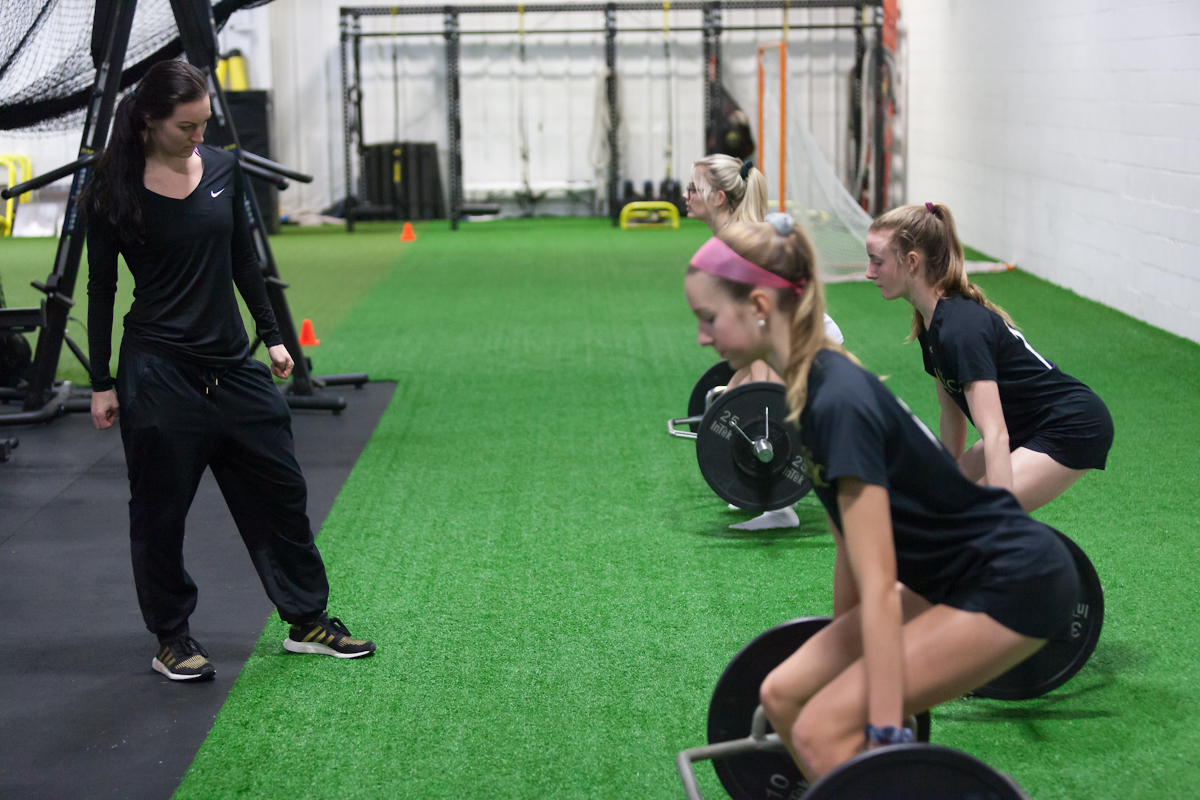
So how did the birth of this collaboration happen? Here’s how the text conversation went:
Me: “Dave. I’m writing an article on player development and what it really means.”
Dave: “I want in.”
Me: “Okay.”
*cue fireworks going off*
Full disclosure: Dave wrote his portion separately, so I have no clue if I copy and pasted a narrative on how to kill off White Walkers. We’ll find out, I suppose.
With That Said, I’ll Start This Party First.

As I sip my espresso, my heart races. Not from the caffeine, but from the adrenaline rush of ideas.
Admittedly, I was going to soften my prose, approach player development with care, and tip toe around my main points, so I didn’t offend anyone.
Eh. Screw it.
This is a topic I am tremendously passionate about, and one that should be delivered with a punch.
Remember: a lot of people think they know what player development means.
So let me ask you this: what is it?
Actually, scratch that. What is on your club’s website? How are you defining player development to paying parents?
I can only hope you include these pieces in your mission statement:
- Technical (skills technique, first touch, passing, shooting, 1v1 moves)
- Tactical (formations, positional roles, movement off ball, team identity)
- Physical (speed, strength, power, agility, conditioning, balance)
- Mental (confidence, resilience, ability to overcome adversity)
- Social (teamwork, support and motivation for others)
And I can only hope you practice these in real life.
More often than not, coaches and clubs are not filling in all the buckets of player development equally. This does players a major disservice in their athletic as well as life development.
The technical, tactical, physical, mental and social components must perform an integrative dance to complete the best athlete (read more on how they all connect HERE).
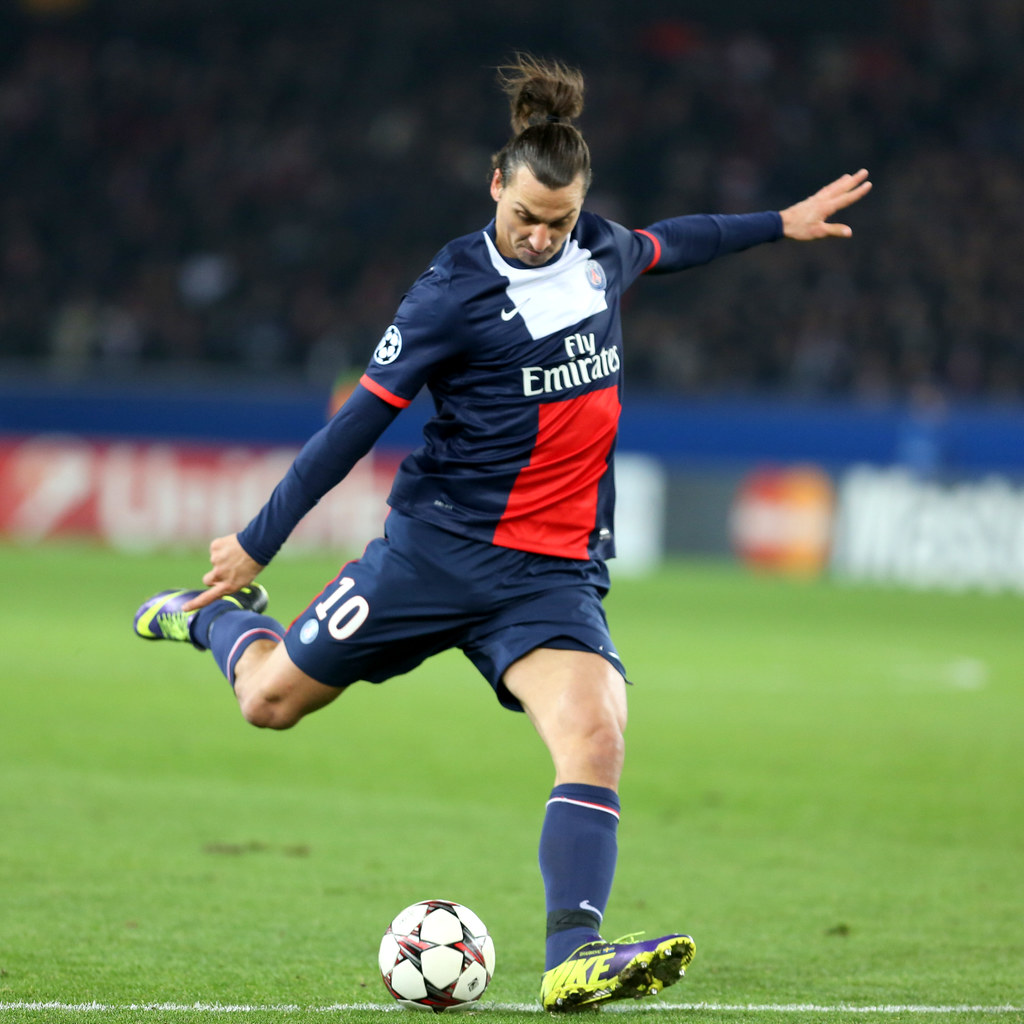
In one corner, there’s the coach who believes skills training is the panacea to player development. And this coach doesn’t realize all of the wear and tear from technical sessions with no muscle strength is the cause of overuse injuries in kids. Worse yet, this coach doesn’t encourage his players to strength train with a certified coach.
In the other corner, there’s the coach who believes doing burpees and running sprints will make their players fit, yet doesn’t realize fitness training needs to be done by an out-house expert, especially for the sake of exercise physiology customization, safety and gradual progression.
And there’s the coach who relies on the x’s and o’s of tactics, yet doesn’t relate to his players or build rapport. He doesn’t realize his ego and cold demeanor destroy team morale and player confidence.
And then, there’s the club that cuts strength and conditioning in the budget, yet is quick to hire more technical coaches.
This is all egregious, to say the least.
Can there be a coach (or club) who balances all components of player development?
Can there be a club who provides their players with the best resources in all areas?
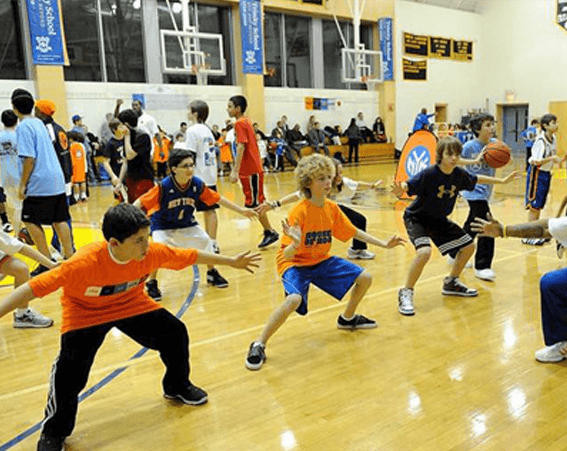
Analyze yourself. Are you blending all the pieces of tactical, technical, physical, mental and social together?
If not, then you’re fostering a pernicious culture that isn’t optimizing player performance on and off the pitch.
Even worse, clubs juxtapose the catchy website slogan, “our mission is player development!” with actions that are anything but – focus on wins, losses, rankings, etc.
Most folks don’t know what this whole player development thing means. It becomes a phrase that is tossed around by coaches and clubs to make it sound like they’re doing the right thing.
Expounding further, many say they value physical development, yet don’t want to incorporate it into player expectations and club culture.
So instead, they set their budget aside for fancy kits, waving flags, Facebook ads, or dare I say it…MORE SKILLS SESSIONS to hype up their social media pages:
Sorry for the caustic tone.
Let me shift gears a bit: there is hope.
In fact, I know a plethora of coaches and clubs who make the wholeness of player development a priority. For me, these are the most amazing human beings to work with because they’re all about collaborating, and providing kids with the best resources and professionals.
Too, these coaches and clubs recognize it takes an army to develop players, and that by working together, we’re able to connect the dots of players development to serve our youth to the best of our abilities.
Seeing coaches and clubs who walk-the-walk is refreshing. Better yet, seeing all of these intelligent people honing their wheelhouses and working together is inspiring.
That said, I’ll end my article portion with this: don’t preach player development as a catchy sales pitch. Practice it in real life.
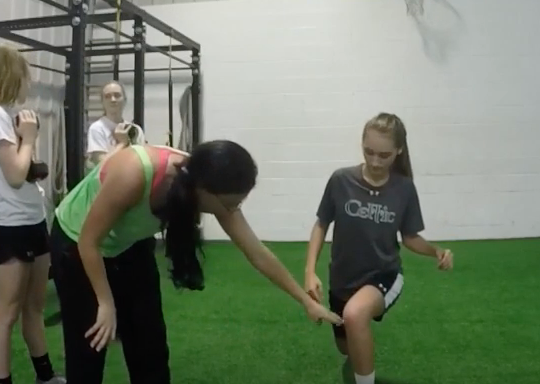
…And that was just the intro.
By now you should be warmed up and ready for more. With that said, I’m enthralled to bring to you Coach Dave Gleason’s explosion of thoughts.
Just like Tiesto handing off the DJ table to Hardwell, take it away Dave:
Thanks Erica, for allowing me to come on along for ride and share some thoughts on a topic that is so close to my heart and quite frankly no one wants to dive into…at least not at length publicly.
Let me preface my remarks by acknowledging a very important point of emphasis. This piece is not about strength coaches versus club soccer nor should it ever be. Club coaches, DOC’s and owners need to know, no matter what your perception, we are on your side.
Yes, strength and conditioning coaches have your best interest in mind due to the fact we want what is 100% in the best interest of your players.
At the end of the day isn’t that what we all want…for our young athletes to succeed on and off the field by being the best versions of themselves? I believe yes.
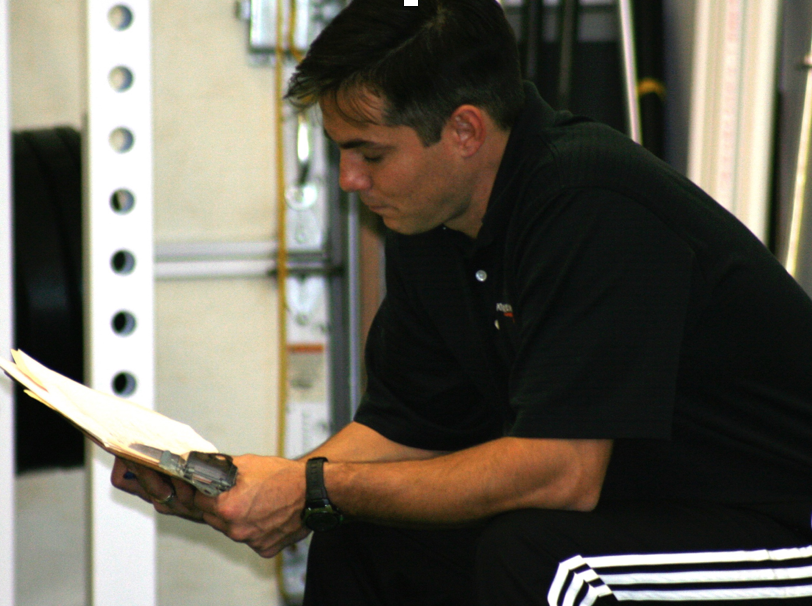
That said, I’d like to better define the role of a sports performance coach as it relates to how we actually help your players, and by extension your teams and your clubs.
So often coaches position themselves as having players on our team. It’s time to change that paradigm to WE are on our players’ team. We are blessed with the opportunity to serve our athletes whether it be on the pitch, in the gym, or in life.
A sports performance coach’s role reaches far beyond rep schemes, load variations or properly cycled programming.

As Erica honestly and directly pointed out earlier, player development is also far more than technical and tactical training – and I will argue even more so for a young soccer player.
Playing catch up.
In general, we can all agree that kids are growing up very differently these days from the perspective of how they develop the ability to move proficiently and efficiently on and off the pitch. A lack of recess, outdoor playtime as well as detrimental changes to the frequency and curriculum in physical education classes are huge gaps that needs to be filled.
Filling these holes is no small task. Think about some of your players that are highly skilled on the ball. Technically fantastic. But yet they are weak on the ball with contact. They seem slow, not explosive enough and lack overall coordination.
We are seeing these types of situations more often than not in the gym. If not addressed, these players will be the first to plateau within in your club system.
Injury resilience as well as all the speed, agility and power you all aspire your kids to be to have actually starts here.
The mental side.
99 out of every 100 goals sheets from players/parents I read depict a very common desire: more confidence. At earlier ages, our kids are placed under the microscope of performance. Soccer is not a fail first sport.
Coaching the outcome of activities that foster better running mechanics, deceleration, force production and mobility in a way that fills them with pride, confidence and self-awareness is paramount.
Helping players at every level understand that there is a vast difference in failing and failure is something strength coaches are charged with every day. Done well, it leaves players with an internal sense of what they learned versus what they didn’t do well.
The best strength coaches will celebrate accomplishments on and off the field so their athletes understand that they are much more than soccer players. They are sons and daughters, brothers and sisters, friends, students, band members, artists, singers and most importantly: They are human beings that matter.
Human development
We cannot change the rate at which a child grows up. Period. Meeting kids where they are physically, emotionally and socially is another critical aspect of player development. Age appropriate exercise when they are 6-8 will set them up for success when they are 9-11. Kids 9-11 years old need the proper training to take that foundation to the next level when they are ages 12-13.
All of this lends itself to a more injury resilient, strong, fast and explosive beast on the field when they are 14-18 years old.
Our younger players deserve a foundation of movement exploration, discover and systemic strength rooted in these areas;
- The physicality of free play
- Crawling
- Rolling
- Climbing and pushing
- Jumping
- Balance
- Spatial Awareness
- Reactivity
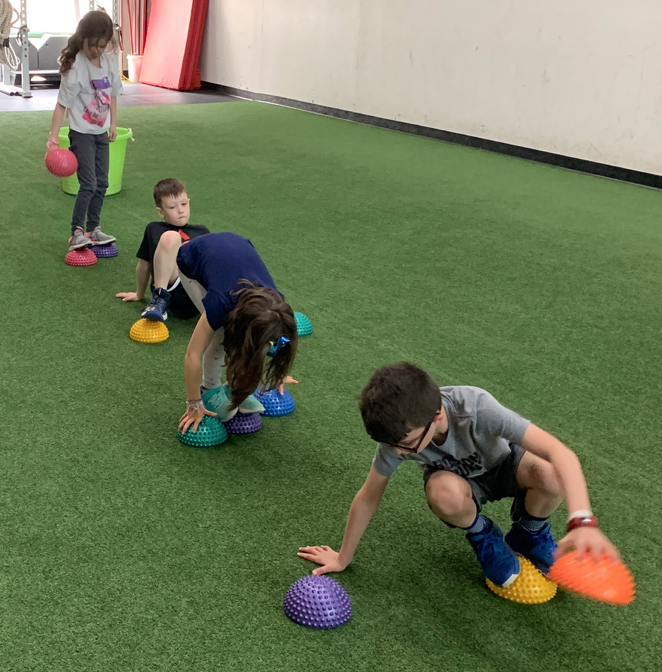
Once we establish a solid base we can and should move. Knowing when and how takes education, experience and what I like to call the eye ball effect. You might call it careful and deliberate observation.
This too is our role and we are just getting started.
Academics?
Yes, strength coaches also play a role in academics. Let me explain in two ways.
I’m going to be very direct and blunt with this one.
I have yet to read or hear of a research study that has not shown a positive correlation between exercise and improved academic performance. I’ll admit I stopped keeping track after the 14th article. This is one of the many reasons why I scream from the roof tops for more PE in school with a curriculum based in movement exploration, physical culture and conditioning versus six week blocks of single sport skills.
In short, what we do in the gym positively affects grades and behavior (more on that one next).
That little tidbit may have not surprised you too much. I will encourage you to do more than acknowledge you already, sorta, kinda or definitely knew that and just move on.
This one will blow your hair back.
We encourage and reward great grades. What!?
Well, it’s a bit more than giving them a pat on the back and saying “Nice job.”
An academic based challenge that supports getting great grades with a reward at the end is another ingredient in the secret sauce of a strength and conditioning coach.
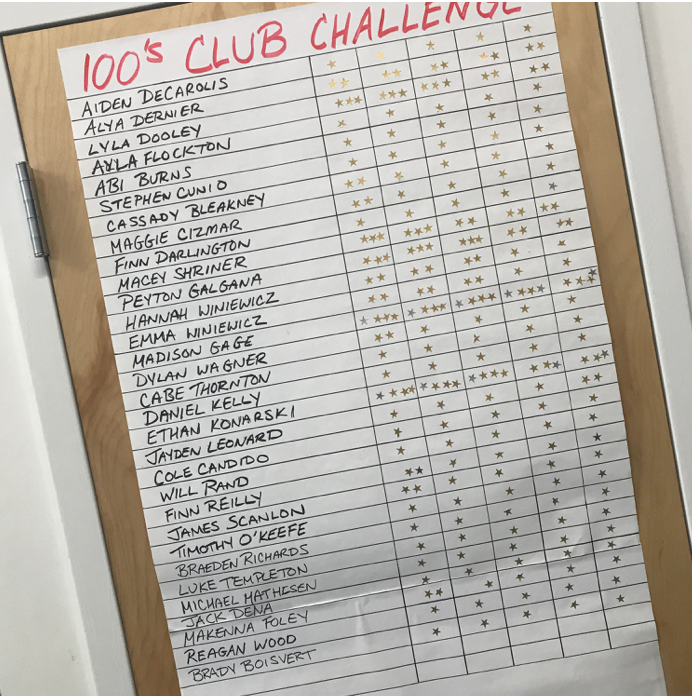
Support our student athletes must take on meaning. An academic challenge does just that.
Character and behavior shaping.
A strength coach knows we are building beasts on the field. We also know we are shaping character on a daily basis. Laying down the expectations followed by rewarding which player showed exemplary character with MVP of the Day and Champion of the Month is extremely powerful.
This, yes, is also player development.
The daily grind of a strength coach is enveloped with conversations and guidance in the realm of character and leadership development.
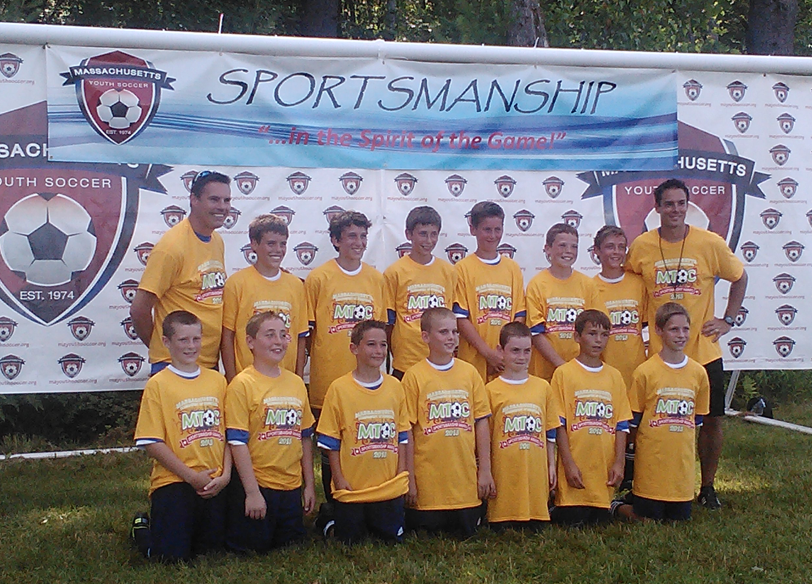
I could go on but for the sake of not turning this piece into a book I’ll conclude my thoughts for now.
As I write this, I’m literally emotional. Something has to change.
Take it from two people who are in the trenches everyday working with young kids that want to make your teams, become starters and be impact players…things need to change.
I understand the business side of the equation as well. I’m well aware that if I don’t have enough athletes in my programs, I shut the doors and no one gets the training they deserve.
Same goes for any club.
Yet I can’t for the life of me understand how complete player development translates into overuse, over-scheduled and burnt out. The strength coaches Erica and I speak with from all over the United States are also saying the same thing as we continue to put your players in a position to excel on the field.
More isn’t always better folks. Better is better.
Be a catalyst for change. Be self aware. Be the club, coach or DOC that stands up and says player development must be comprehensive and balanced. Be the organization that follows through. We can do this together and in doing so we can develop better players, better teams and amazing human beings.
The intent of this piece is to get you to think. Strategies and solutions are the next topic, although we all know what needs to be done.
Who will have the courage to do it?
Youth Development Resources
Coaches to Follow
Jeremy Frisch
Joe Eisenmann
Michael Boyle
Lee Taft
Ivi Casagrande
Nathanael Littauer
Rick Howard
Reed Maltbie
Books to Read
Smart Moves
The Athletic Skills Model
Complete Sports Training: Speed, Strength and Conditioning for Today’s Athlete
Original Strength Performance: The Next Level
Total Youth Soccer Fitness
The Champions Mind: How Great Athletes Think, Train, and Thrive
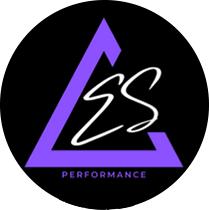

No Comments